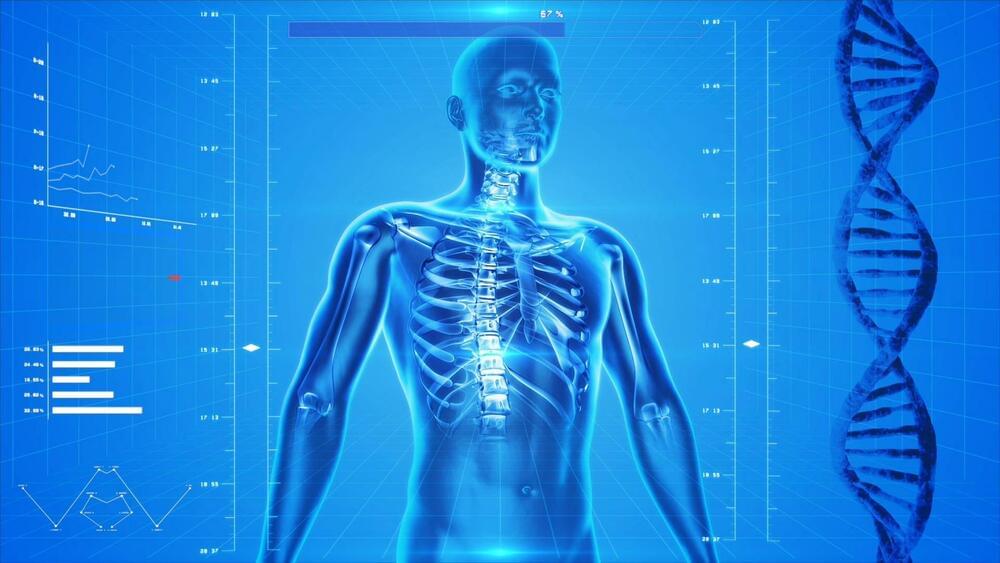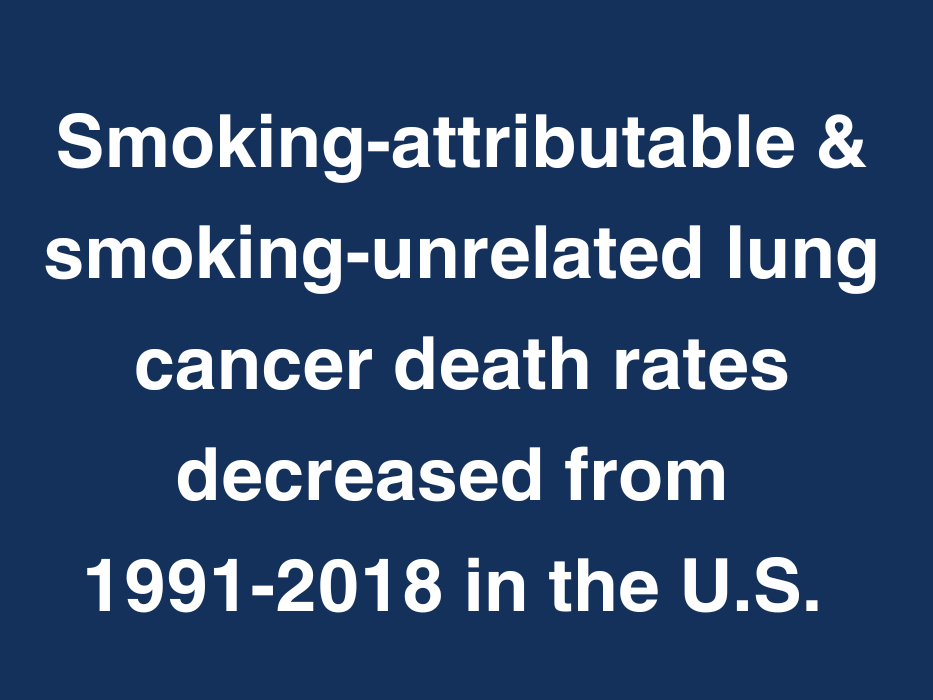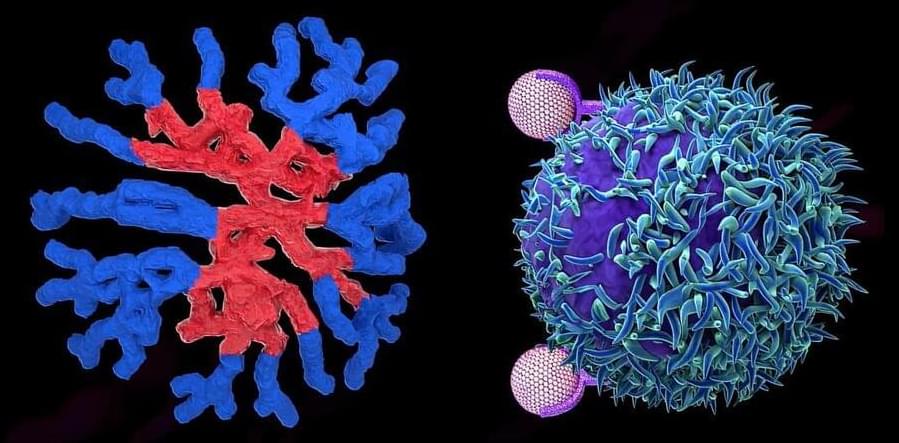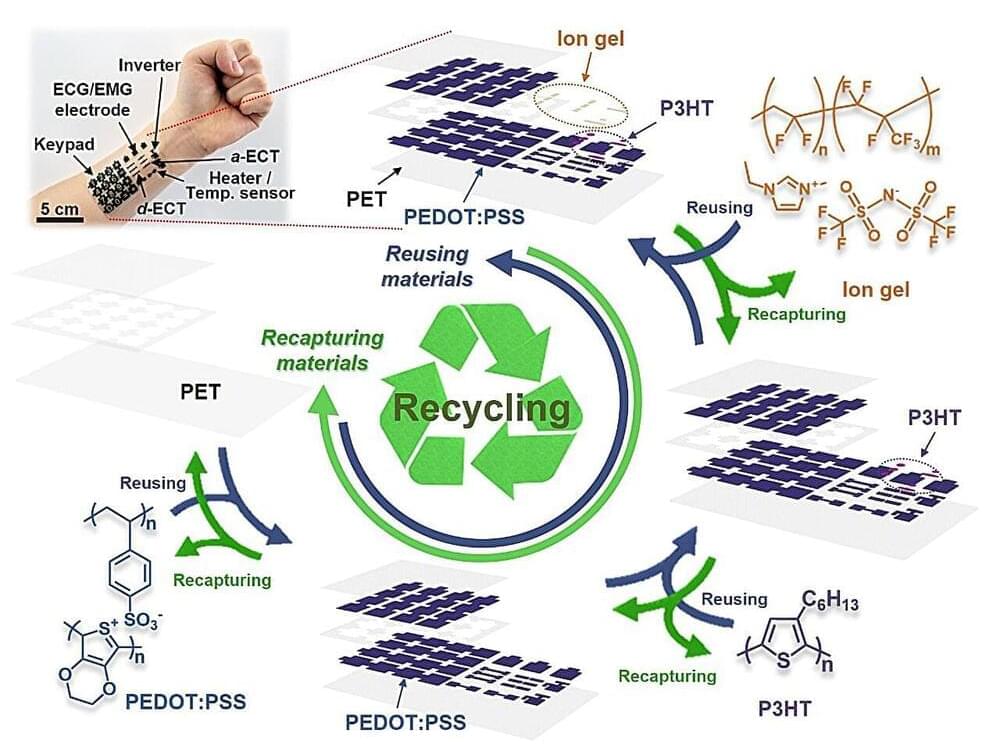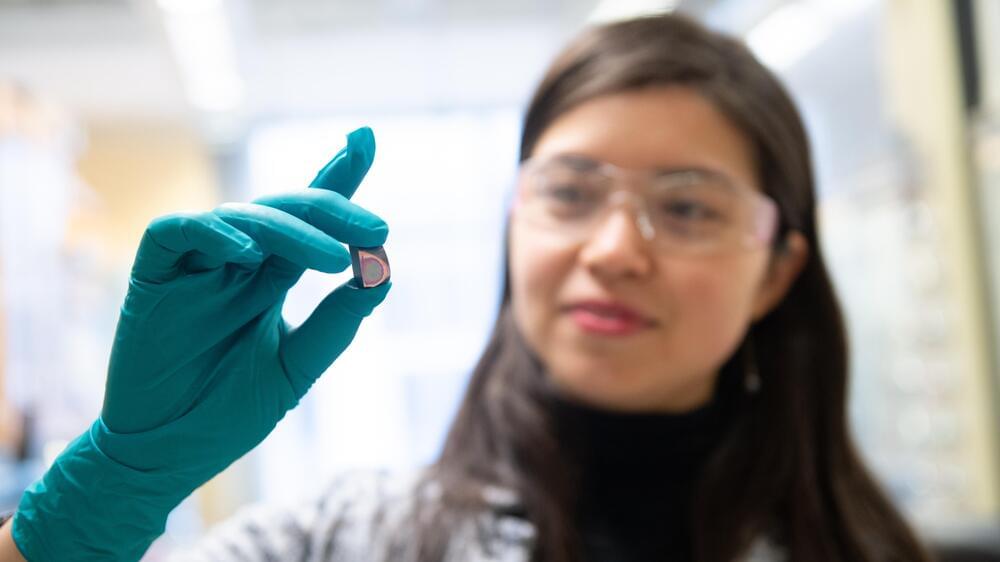Before delving into the prospects of the Fifth Industrial Revolution, let’s reflect on the legacy of its predecessor. The Fourth Industrial Revolution, characterised by the fusion of digital, physical, and biological systems, has already transformed the way we live and work. It brought us AI, blockchain, the Internet of Things, and more. However, it also raised concerns about automation’s impact on employment and privacy, leaving us with a mixed legacy.
The promise of the Fifth Industrial Revolution.
The Fifth Industrial Revolution represents a quantum leap forward. At its core, it combines AI, advanced biotechnology, nanotechnology, and quantum computing to usher in a new era of possibilities. One of its most compelling promises is the extension of human life. With breakthroughs in genetic engineering, regenerative medicine, and AI-driven healthcare, we are inching closer to not just treating diseases but preventing them altogether. It’s a vision where aging is not an inevitability, but a challenge to overcome.
